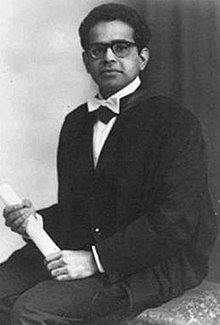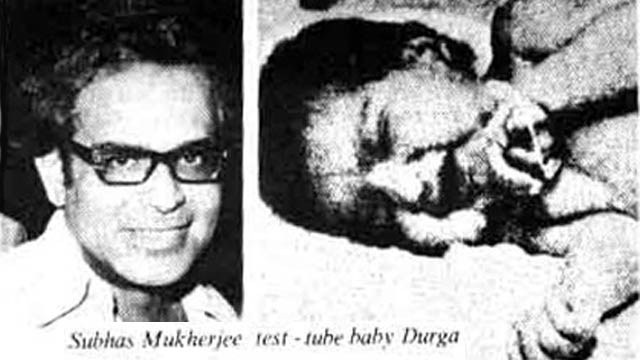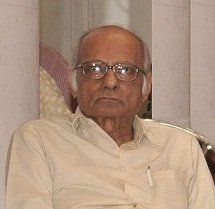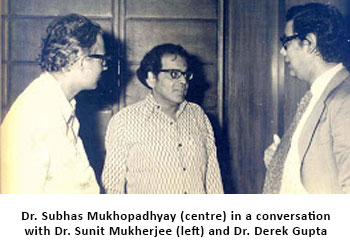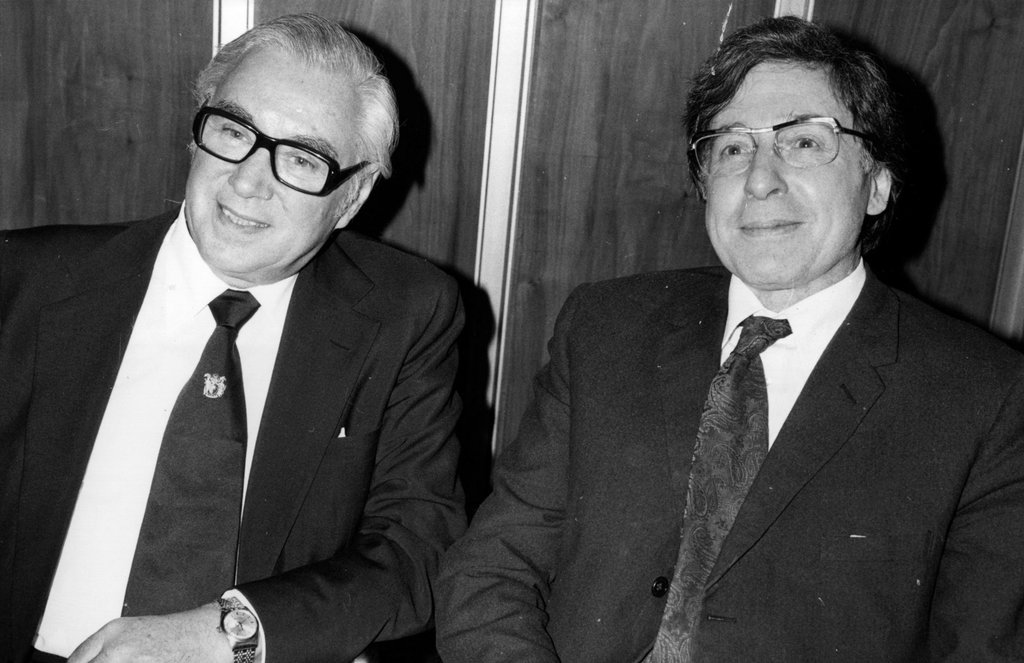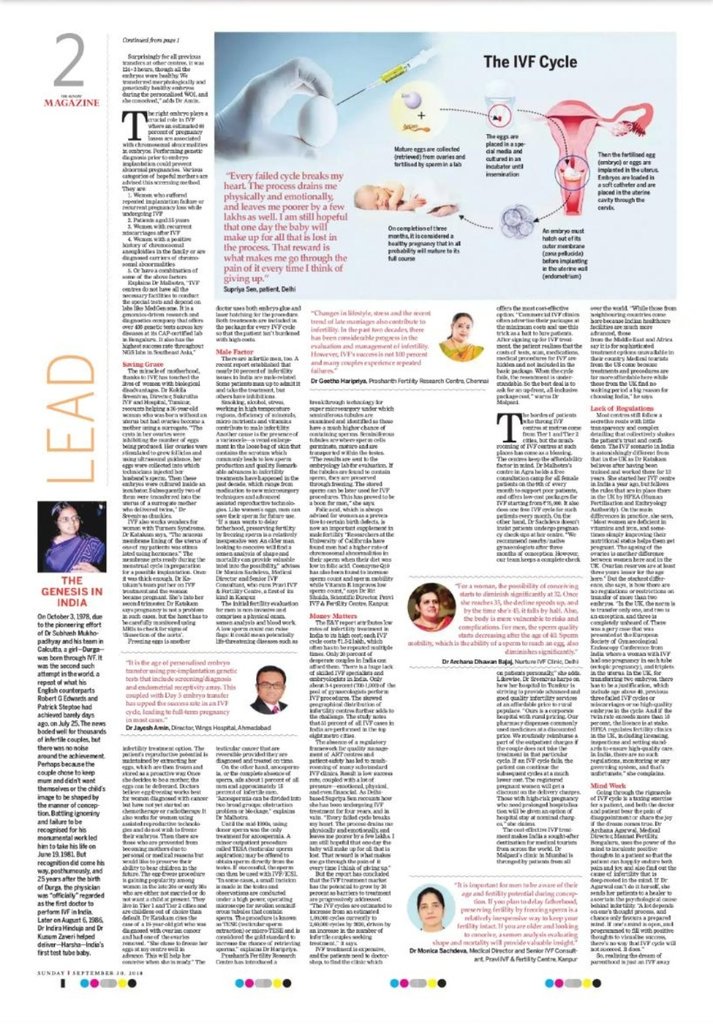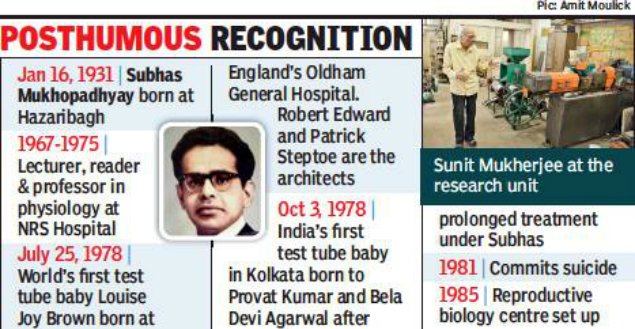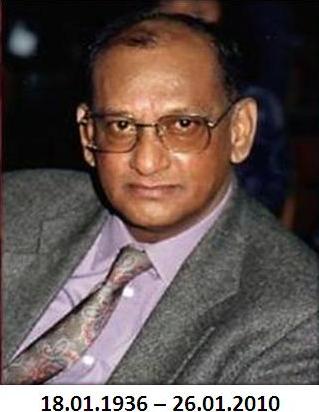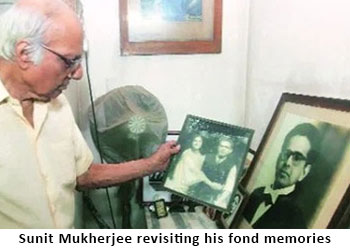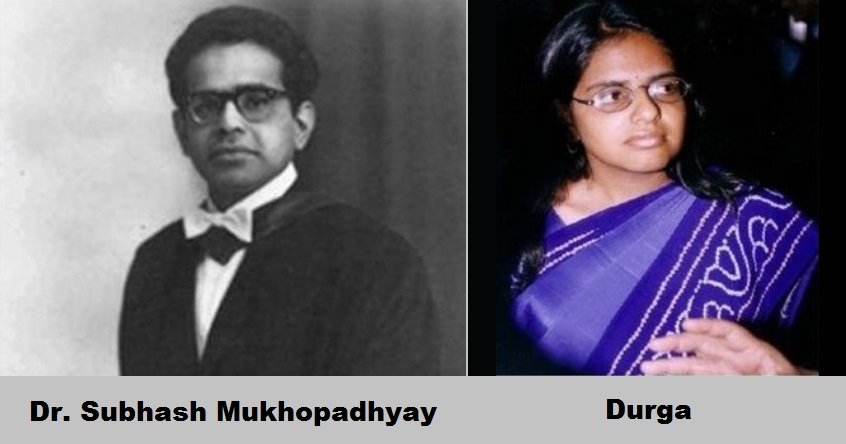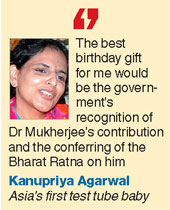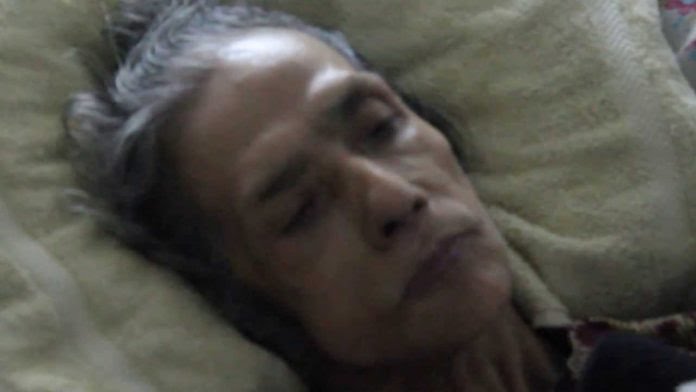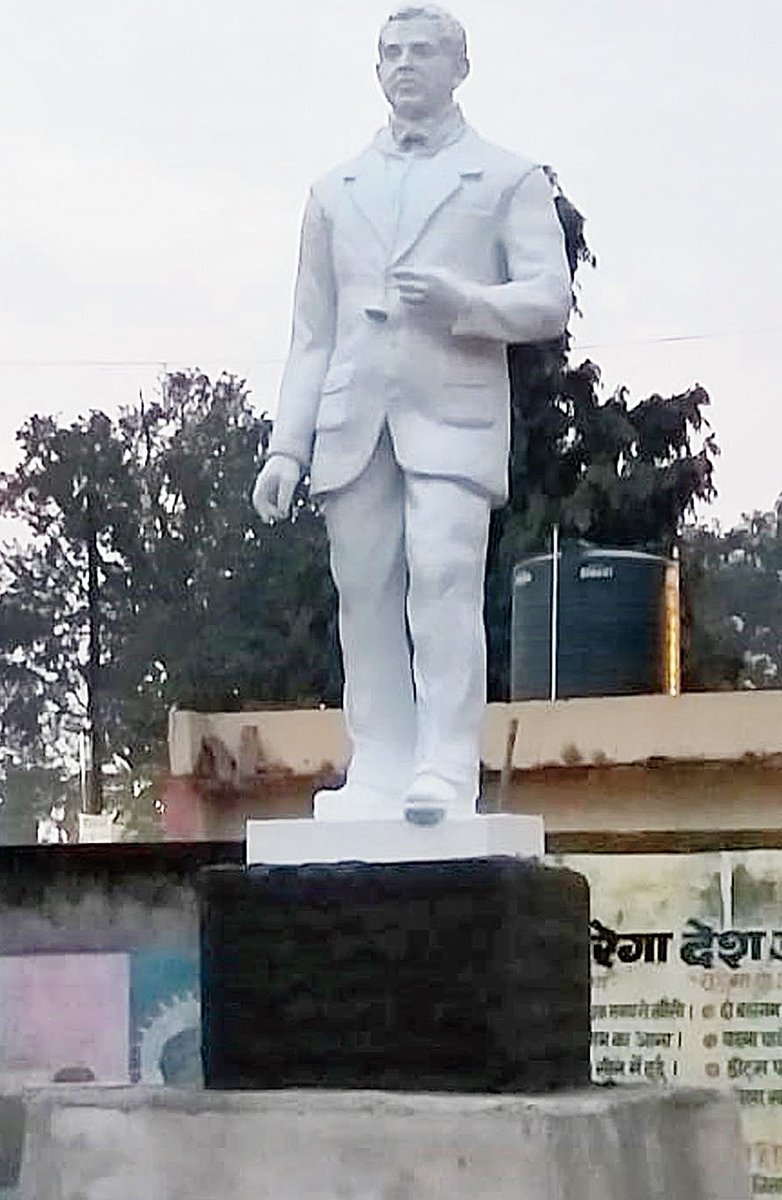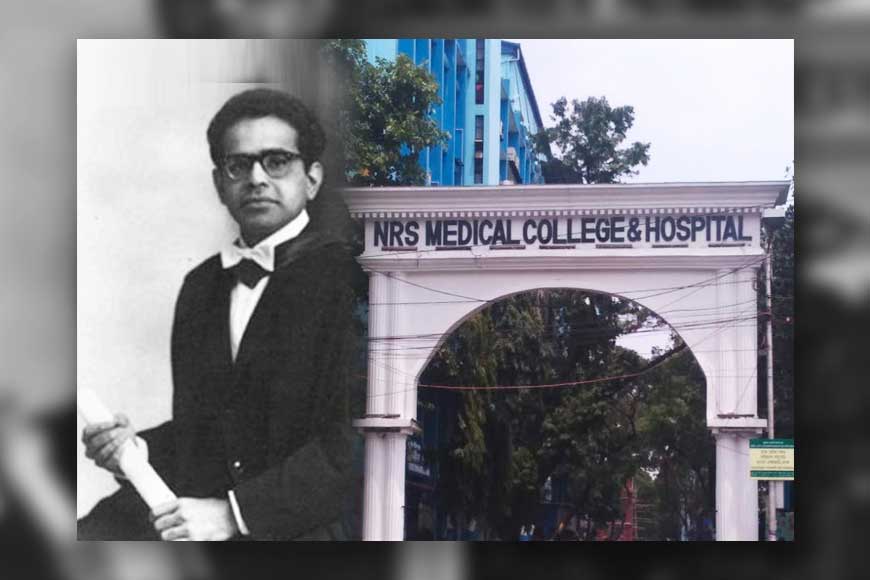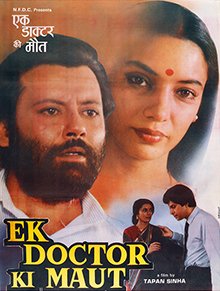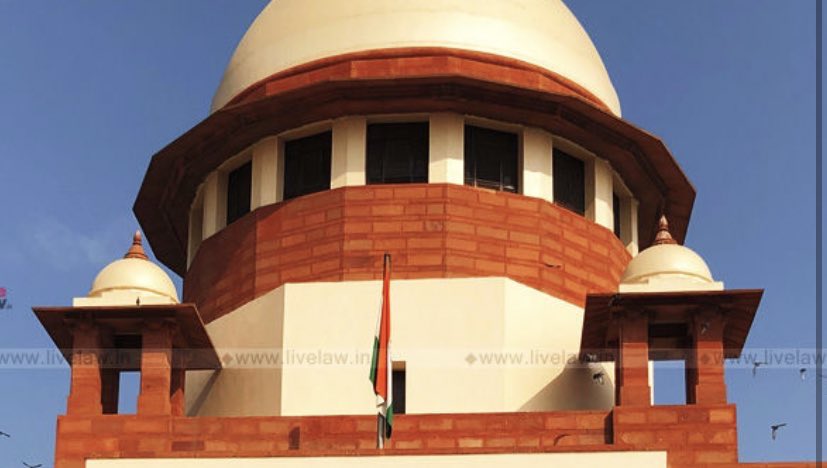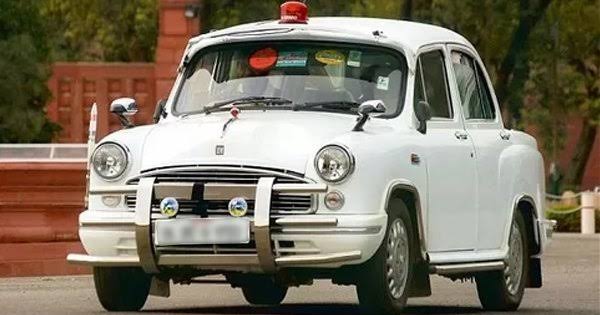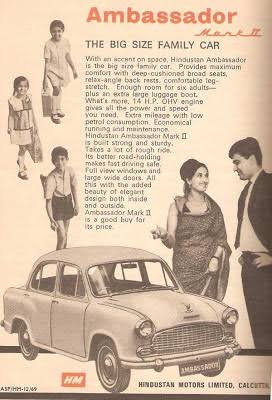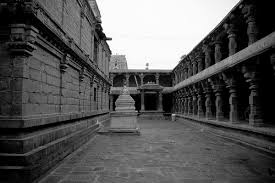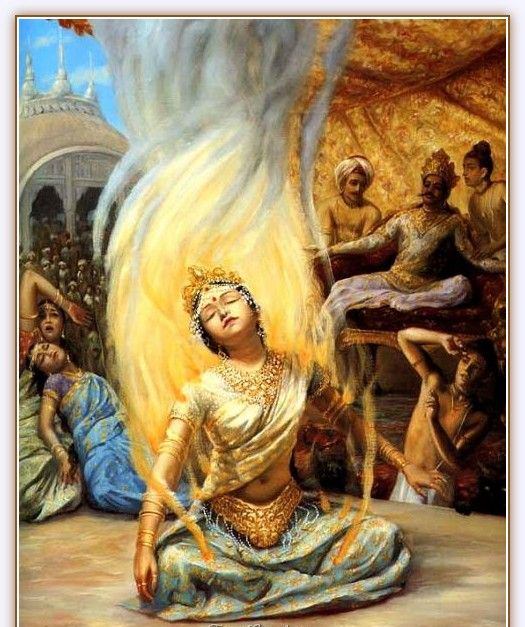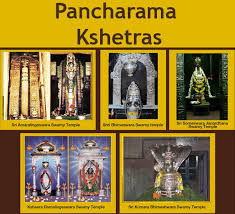Dr. Subhash was the son of a doctor and studied at the National Medical College in Kolkata after completing his schooling. Fascinated by innovations in gynaecological surgery from his early days as a medical student, he completed his PhD in reproductive physiology +
from the University of Calcutta before going to the Edinburgh University in UK for a PhD in reproductive endocrinology. On his return to India in 1978, he started researching ovulation and spermatogenesis. Soon after, he teamed up with Sunit Mukherji, a cryobiologist +
and Saroj Kanti Bhattacharya, a gynaecologist, to work on a method of in-vitro fertilization for a patient (Bela Agarwal) with damaged fallopian tubes. +
Mukhopadhyay with a double PhDstarted work on IVF techniques in the mid 60s and created history by becoming the first physician in India and second in the world after British physicians Robert Edwards and Patrick Steptoe) to perform the In-vitro fertilisation. +
On October 3, 1978, Subhash and his team announced the birth of the world’s second test tube baby in Calcutta, a baby girl who was nickamed "Durga" after the Hindu goddess who embodies the feminine force of creation. +
Durga (whose parental name is Kanupriya Agarwal) was announced the India's first and world's second test tube baby who was born 67 days after the birth of the world's first test tube baby named Louis Brown. RG Edwards was awarded nobel prize in 2010 for his achievement. +
Not only had attempt of Dr. and his team at IVF succeeded, they had also successfully achieved the cryopreservation of an eight-cell embryo storing it for 53 days, thawing in DMSO reagent and replacing it into the mother's womb-a full five years before anyone else would do so. +
He was also the first to use human menopausal gonadotrophins (hMG) to stimulate ovaries to produce extra eggs. However, the contributions of Dr. Mukhopadhyay were never recognised by the then West Bengal and Indian Government. +
In November 1978, the West Bengal Government appointed an expert committee along with the medical association to give their verdict on the fate of Dr. Subhash Mukhopadhyay. The expert committee was presided over by a radiologist and comprising of a gynecologist, a psychiatrist, +
and a neurologist who knew absolutely nothing about the modern reproductive technology. At the end of the ridiculous farrago of exasperating dimwitted questions, his research papers were termed as "absolutely bogus." +
Moreover, he was handed a punishment which transferred him to the Opthalmology department, also effectively ruining his prospects of working on the hormone project. +
Facing social ostracisation, bureaucratic negligence, reprimand and insult instead of recognition from the West Bengal Government and the refusal of Government of India to allow him to attend national conferences, he committed suicide in his Calcutta residence on 19 June, 1981. +
In his suicide note, he wrote :
"I can't wait everyday for a heart attack to kill me." +
Mukherjee's research came into light when T.C. Anand Kumar, the creator of official first human test tube baby of India, Harsha Vardhan Reddy Buri, went to Kol. In 1997, Kumar was in Kolkata, it was there that he came across the research documents of Mukherjee that were given +
to him by Dr. Sunit Mukherji. He became certain that it was Mukhopadhyay who brought India's first test tube baby into existence after going through evidences and extensively talking to Durga's parents. In his speech at 3rd National Congress on Assisted Reproductive Technology +
in Calcutta, he made an appeal that Subhash Mukherjee should be credited posthumously for creating India's first test tube baby. After all the work Kumar putting into revealing the actual father of in-vitro fertilisation in India. Two months later, he followed up his appeal +
with the publication of an article in the journal current science, entitled 'Architect of India's first test tube baby : Dr. Subhash Mukherjee.' After all the work Kumar putting into revealing the actual father of in-vitro fertilisation of India, finally Mukhopadhyay was given +
the title of being the first Indian test tube baby and the ICMR recognised his work.
In October 2003, on the 25th birthday of India's first test tube baby Durga, a function was organised by ICMR and Hope Fertility Clinic in Bengaluru in which the scientific community gave +
Dr. Mukherjee his due. Anand Kumar later said, "Subhash was far ahead of his time in successfully using an ovarian stimulation protocol before anyone else in the world had thought of doing so."
In 2003, mourning the death of her scientific father, Durga spoke at an +
IVF conference and said, "I certainly do not want to be a poster girl of the IVF industry, which undermined Dr. Mukhopadhyay's work for 30 years," and finished with, "I am not a trophy but I am proud to be the living example of work of a genius." +
Dr. Subhash Mukhopadhyay was a man who had sacrificed hopes of children for his research. Dr. Subhash and his wife had decided not to start a family as he wanted to complete his research. The wife of Dr. Mukhopadhyay, Namita Mukhopadhyay has been paralysed and battling with +
ignominy and neglect ever since her husband committed suicide. Dr. Subhash was a very emotional person and dedicated himself to work. But he never got any support from governments and his peers. +
In 2007, the story of his life and work were included in the Dictionary of Medical Biography, a book published by Wellcome Trust Centre for the History of Medicine at UCL, London, that lists the names of 1100 scientists from 100 countries around the world who made path breaking +
contributions to medical science. He was also honoured and recognised by the Brazilian Medical Society during an event celebrating 30 years completion of IVF. Mukhopadhyay is only the third scientist from Kolkata to be included in the Dictionary of Medical Biography, UK, 2007. +
It was the tragic tale of Dr. Mukhopadhyay that inspired the national award winning film "Ek Doctor Ki Maut (1990) directed by Tapan Sinha.
#DoctorSubhashMukhopadhyay
#Bengali
